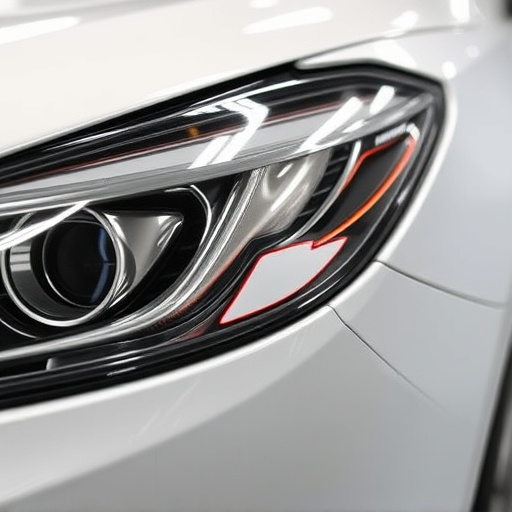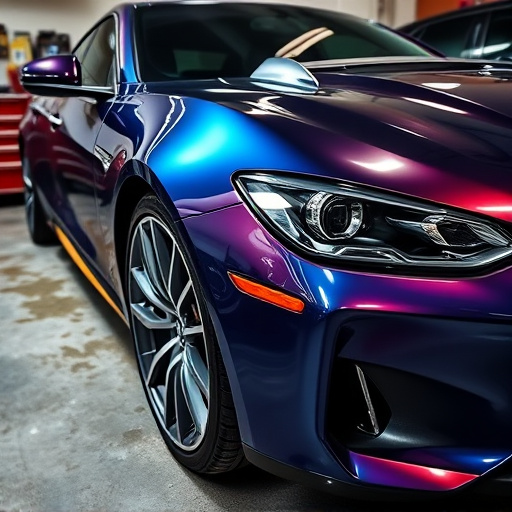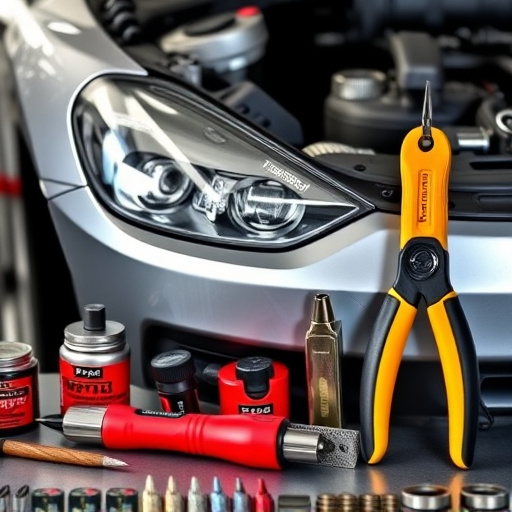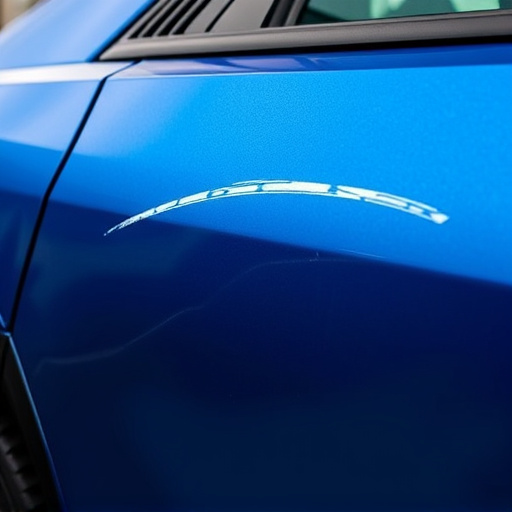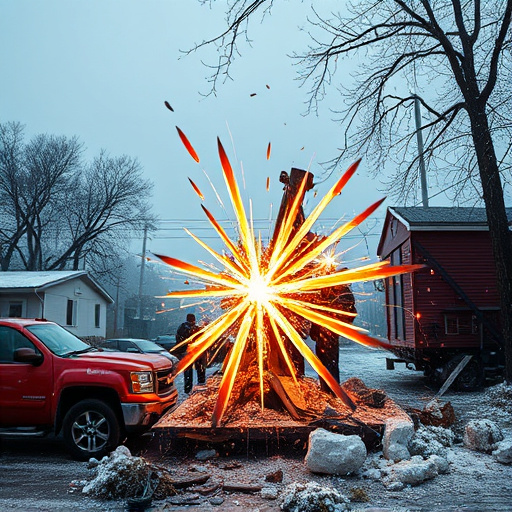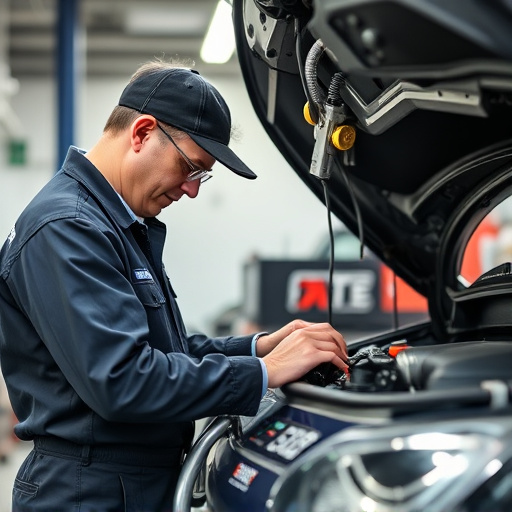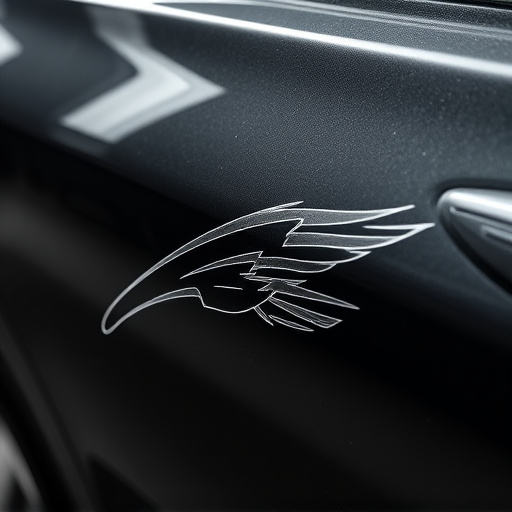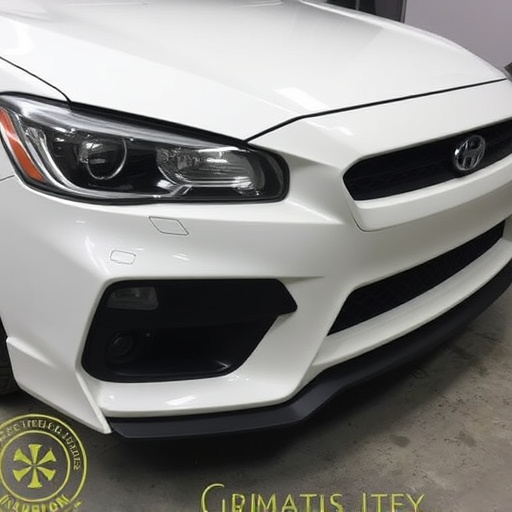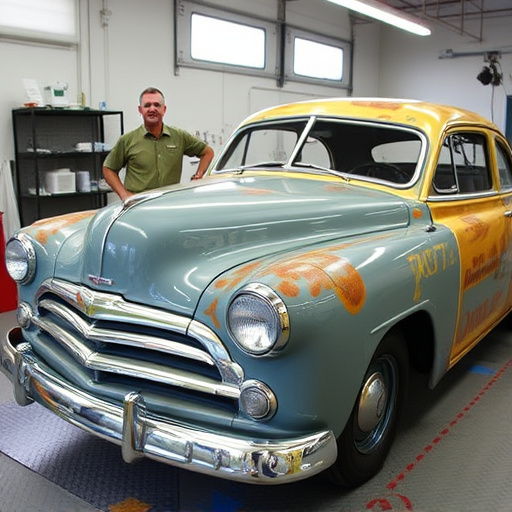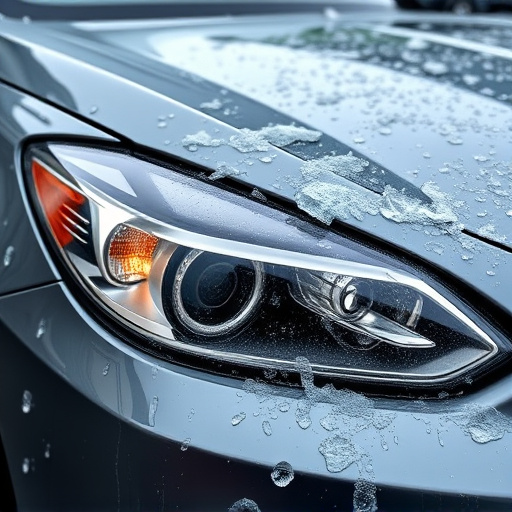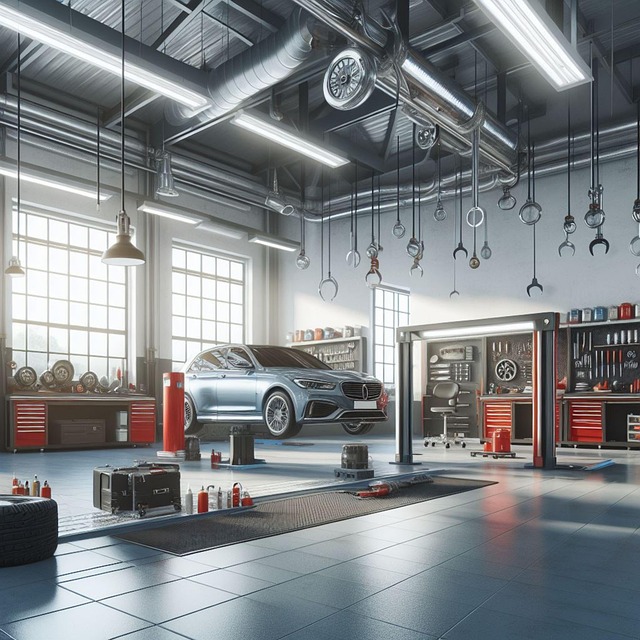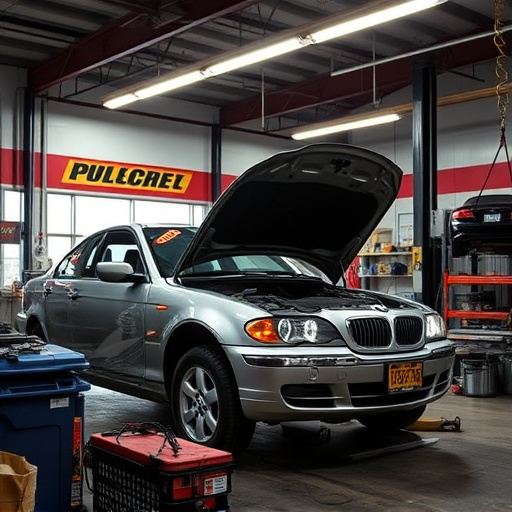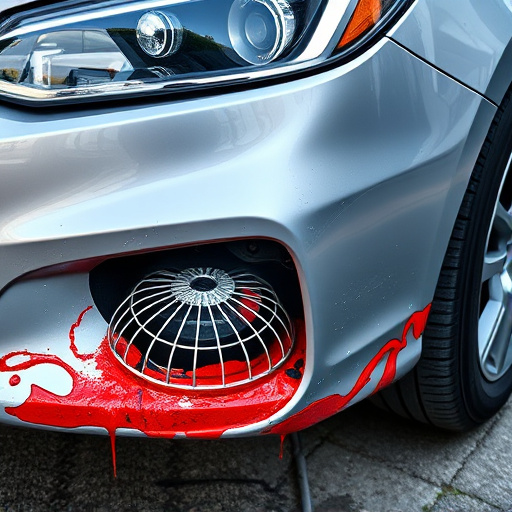Understanding the difference between paint touch-up and auto paint repair is crucial for restoring a vehicle's exterior. Touch-up fixes minor imperfections using precise tools, while auto paint repair addresses substantial damage like dents and cracks through a more complex process involving sanding, priming, and specialized tools. Cost is a key factor; minor issues can often be resolved with touch-up paint, which is more affordable than full auto paint repair. Regular maintenance helps prevent such problems from escalating.
“In the realm of auto aesthetics, understanding the nuances between paint touch-up and repair is crucial for maintaining your vehicle’s vibrant appearance. This article delves into the key differences between these processes, helping you navigate the maze of auto paint repair effectively.
From assessing the scope of work to exploring cost-efficient solutions, we’ll guide you through every step. Discover the unique tools, techniques, and considerations that set these methods apart, ensuring your car’s paint job remains flawless.”
- Understanding Paint Touch-Up vs. Repair Scope
- Tools and Techniques for Each Process
- Cost Considerations for Efficient Auto Paint Repair
Understanding Paint Touch-Up vs. Repair Scope
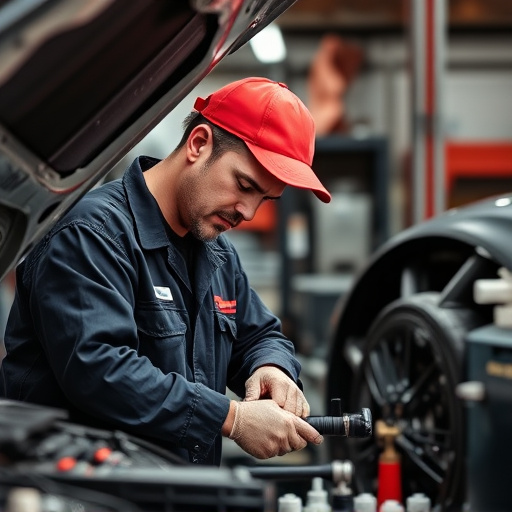
When it comes to restoring your vehicle’s exterior, knowing the difference between paint touch-up and repair is crucial. While both involve fixing cosmetic issues, their scope and application vary significantly. Paint touch-up typically focuses on minor imperfections such as small scratches, chips, or faded areas. It involves matching the existing paint perfectly and applying a thin layer to conceal these defects, requiring precision and an expert eye for detail. On the other hand, auto paint repair is a more extensive process, dealing with larger damage like dents, cracks, or significant paint loss resulting from vehicle collisions or accidents.
In an automotive body shop, scratch repair might be part of a broader repair package after a minor collision or to enhance the overall aesthetics of a vehicle. It’s a precise art that demands skill and experience to blend seamlessly with the surrounding paintwork. In contrast, auto paint repair encompasses not just fixing scratches but also restructuring damaged areas to their original state, ensuring structural integrity and a seamless finish. This process often involves more labor-intensive techniques and materials to accommodate varying degrees of damage, ultimately determining whether a touch-up or a complete overhaul is required for optimal vehicle collision repair.
Tools and Techniques for Each Process
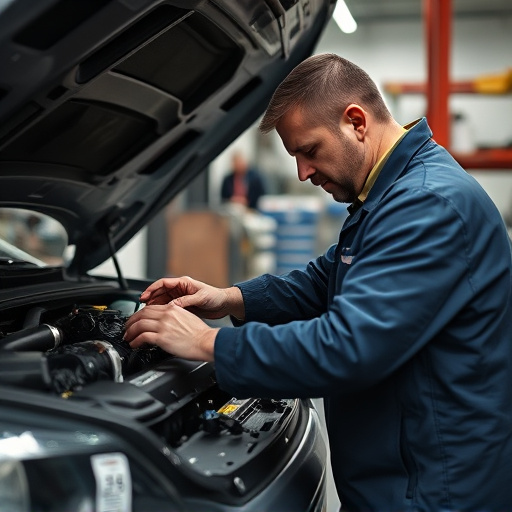
When it comes to fixing minor dents or scratches on a vehicle, both paint touch-up and auto paint repair have their unique tools and techniques. For paint touch-up, the process is often simpler and less time-consuming. A skilled technician will use small, precise instruments like brushes, sponges, or airless spray guns to apply paint that matches the car’s existing finish perfectly. This method is ideal for minor scuffs, dings, or chips, aiming to restore a vehicle’s aesthetics without extensive work.
In contrast, auto paint repair involves more intricate and complex procedures, especially for larger damage or significant color variations. Collision repair shops typically employ advanced tools such as sanders, power drills, and specialized paint mixers. Technicians carefully prepare the damaged area by sanding, priming, and masking before applying a base coat, then the exact match topcoat. This meticulous process ensures long-lasting results, making the car look as good as new and leaving no trace of previous damage from a car repair shop’s perspective.
Cost Considerations for Efficient Auto Paint Repair
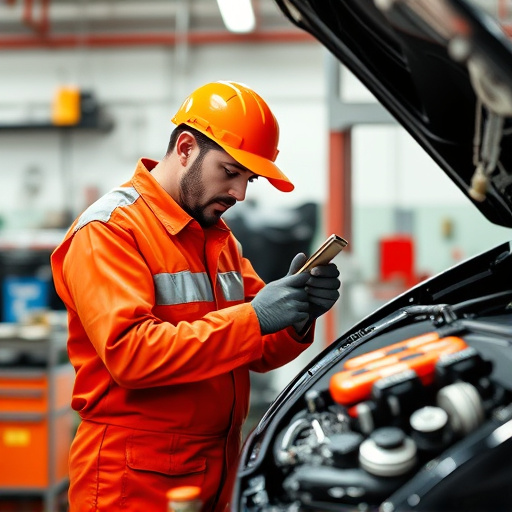
When considering auto paint repair, one of the most significant factors to keep in mind is cost. Efficient repairs don’t always require a full paint job, which can be both time-consuming and expensive. Professional estimators evaluate damage, determining the extent of work needed. This process helps set accurate expectations for car owners.
In many cases, minor scratches, dents, or chips can be repaired with touch-up paint, a more affordable option compared to complete auto bodywork or automotive collision repair. Regular auto maintenance includes checking and addressing these issues early on, preventing them from escalating into costlier repairs later on.
When it comes to restoring your vehicle’s exterior, understanding the nuances between paint touch-up and repair is essential. Each process caters to different scopes and requires specific tools and techniques. By grasping these key differences, you can efficiently navigate auto paint repair, ensuring a seamless and cost-effective outcome. Remember, the right approach, whether it’s a minor touch-up or a comprehensive repair, will revive your car’s aesthetics and preserve its value.
